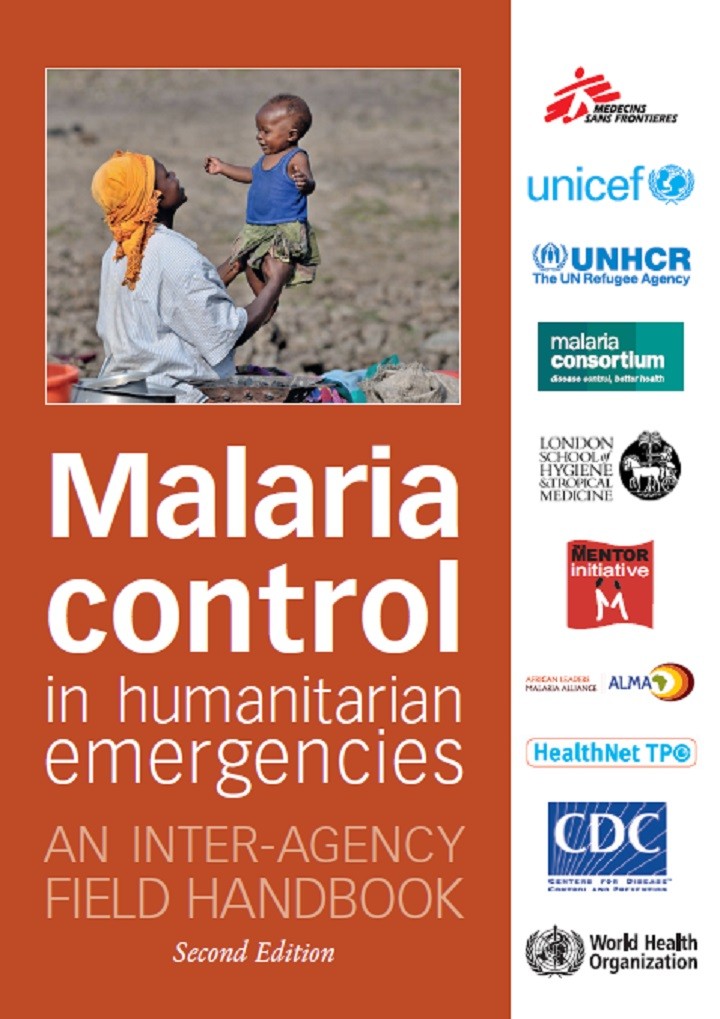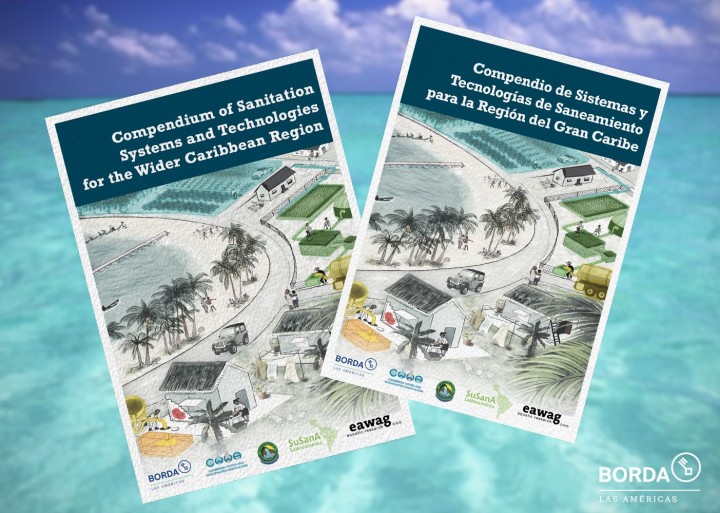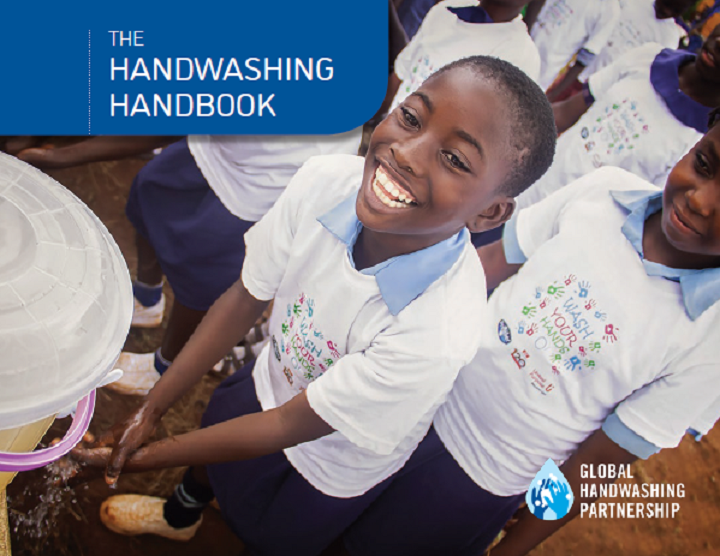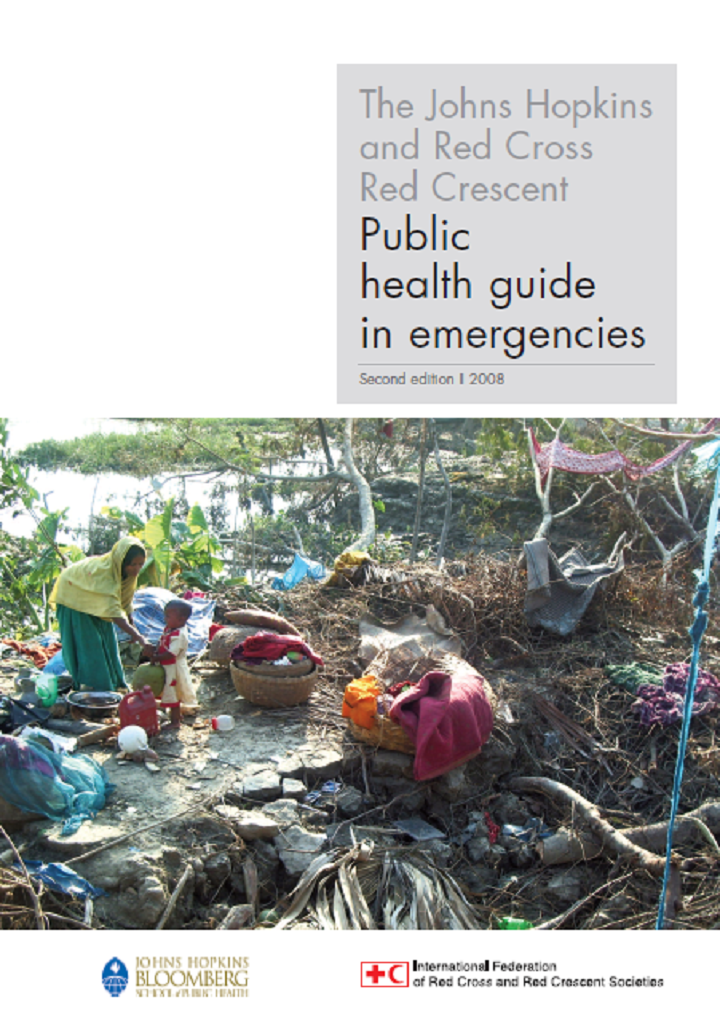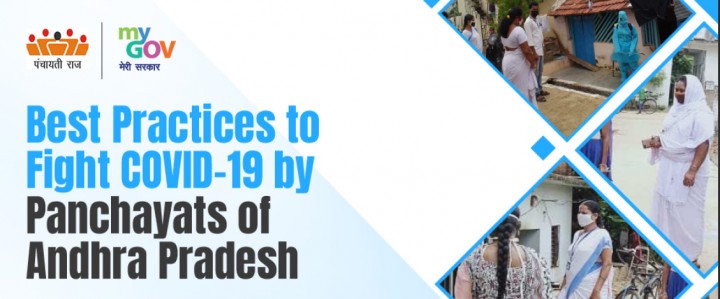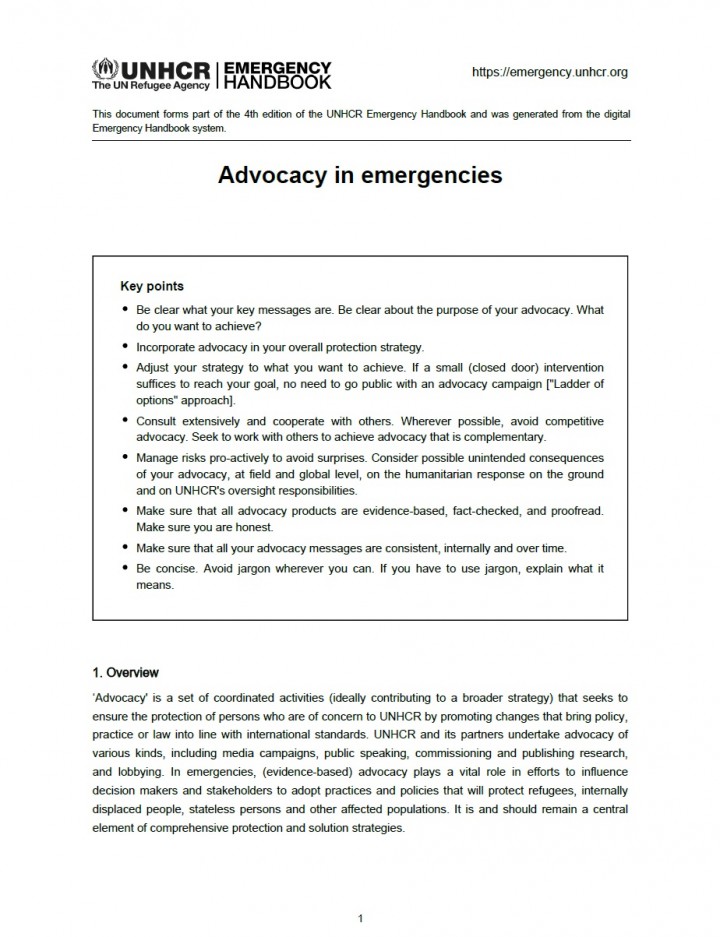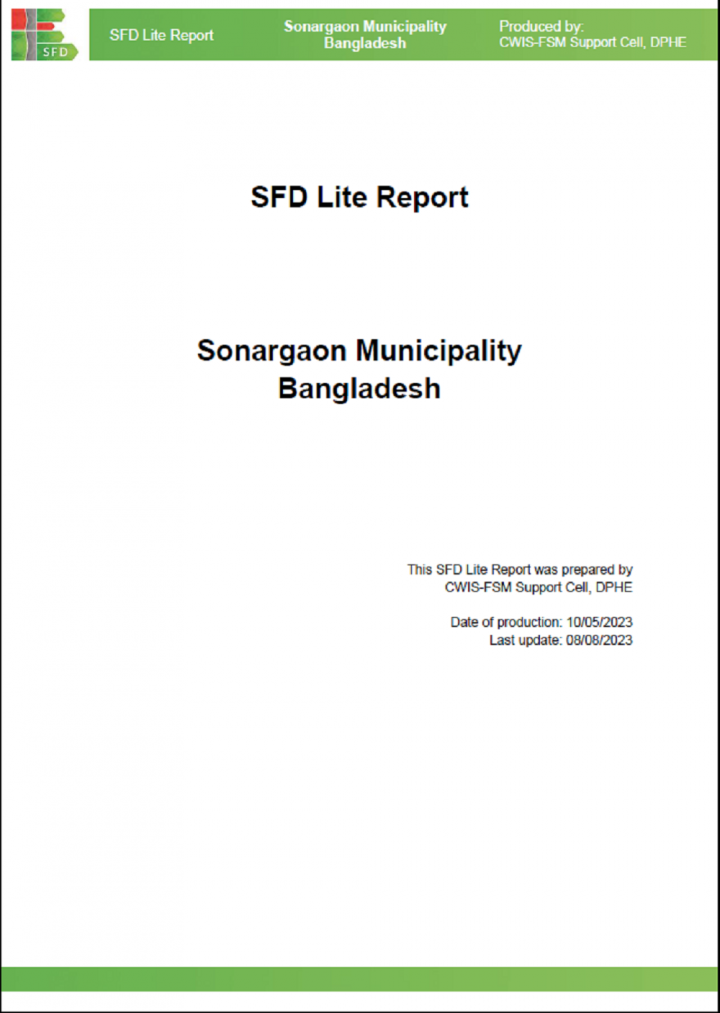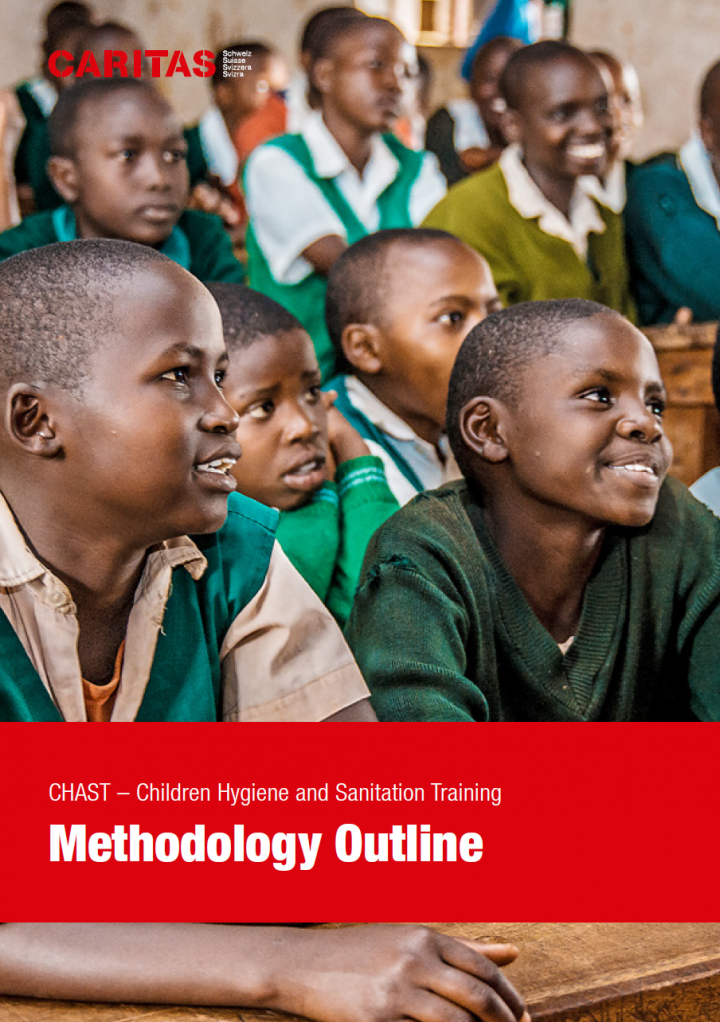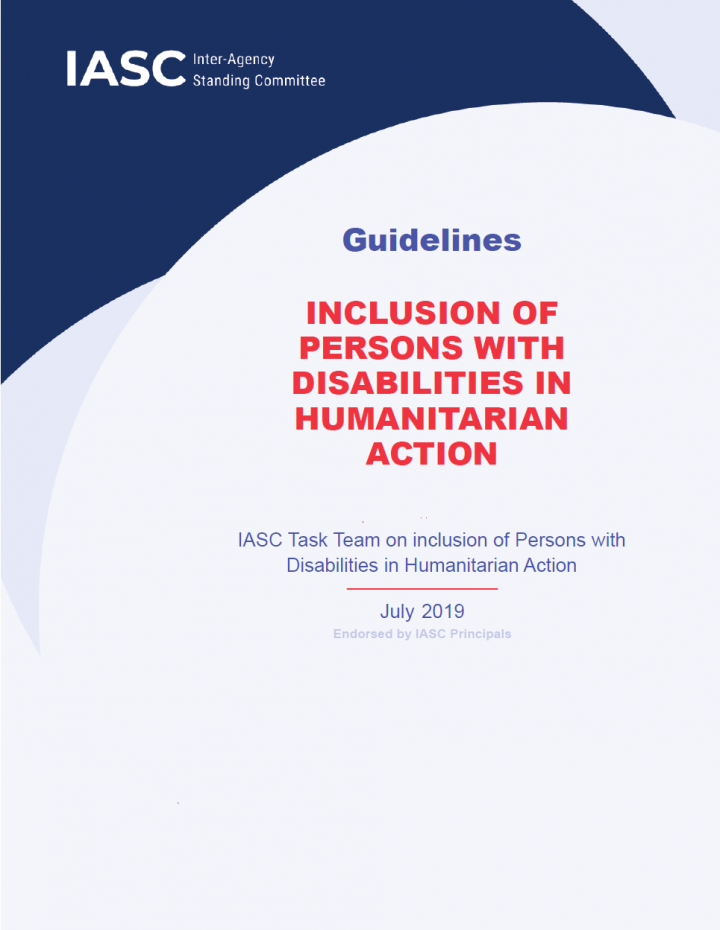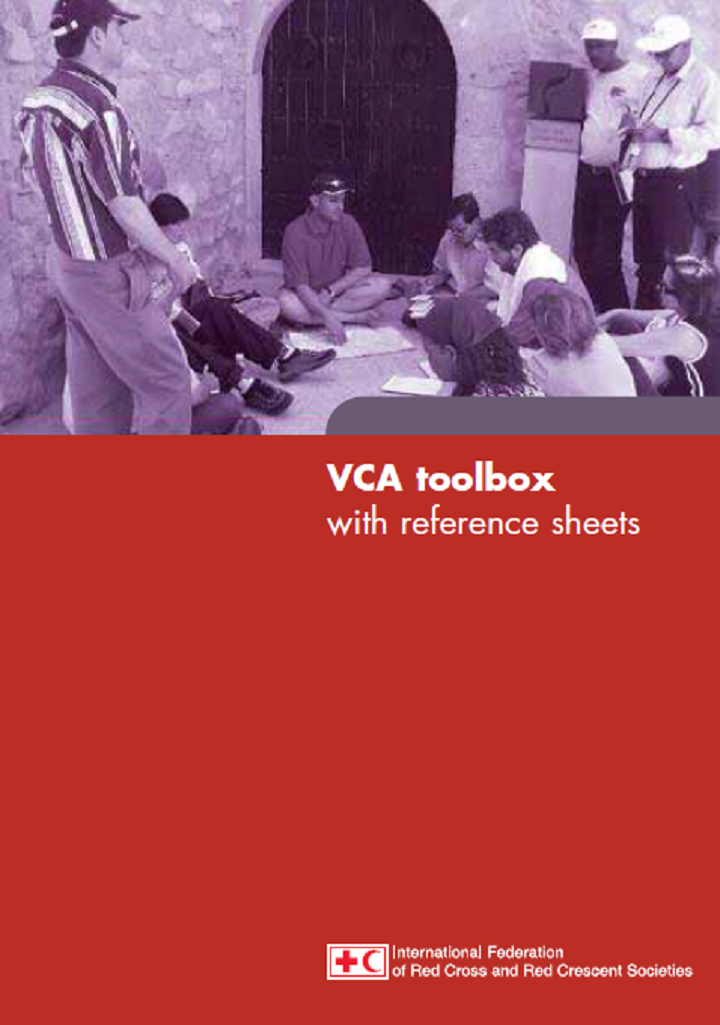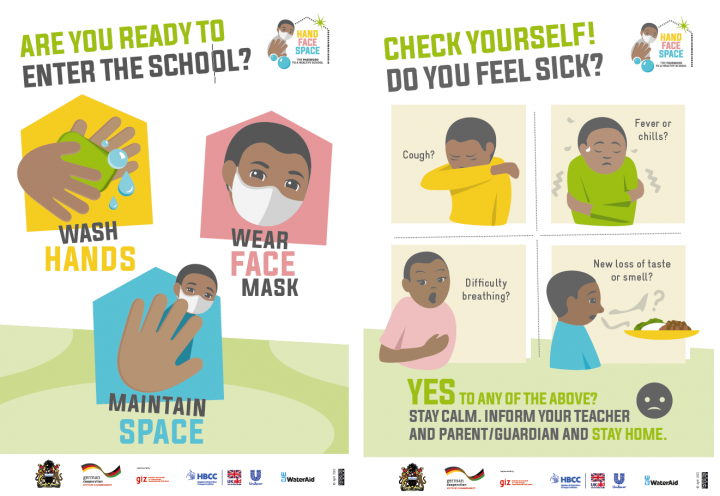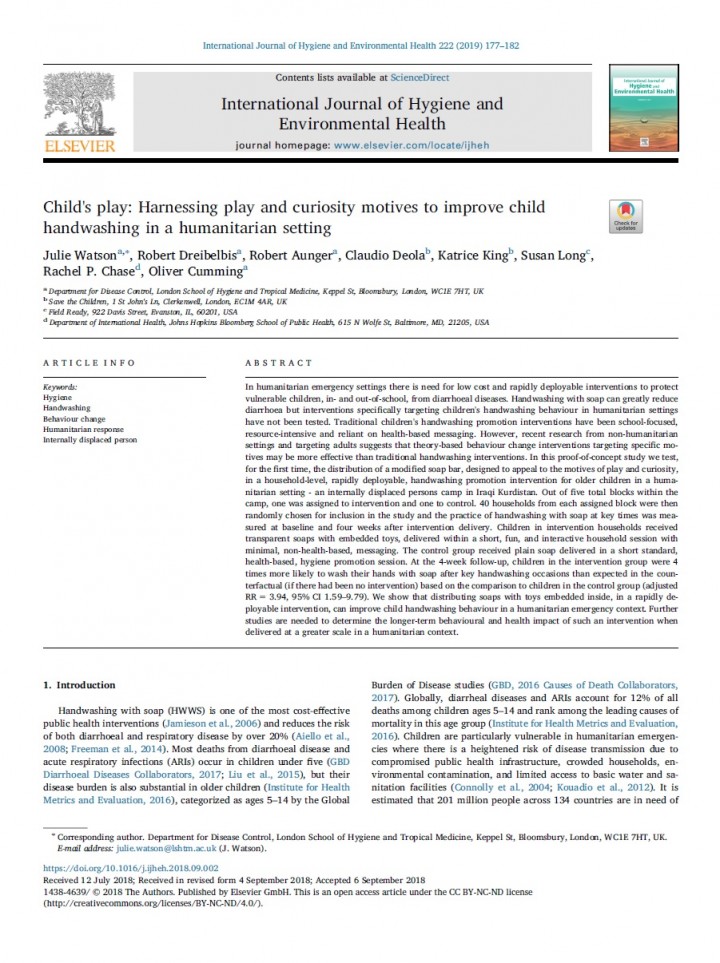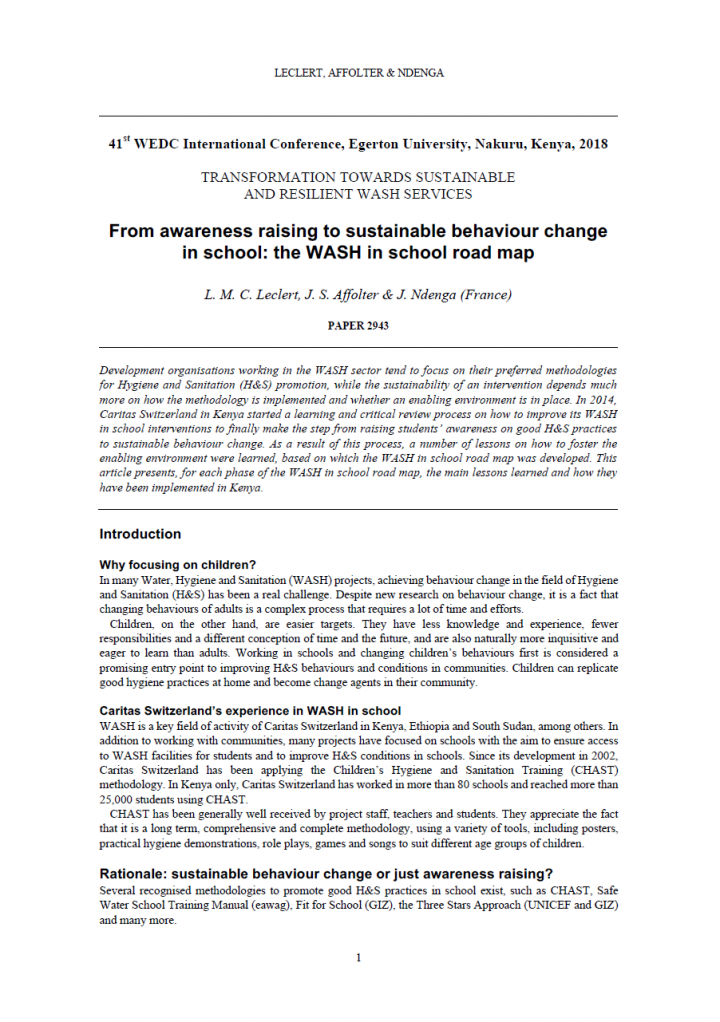Searching for information on Sanitation Workers?
The Sanitation Workers Knowledge + Learning Hub is the best source for all current news, trends, articles and updates on sanitation workers rights around the world.
O funcionamento das estações de lodo fecal e de tratamento de águas residuais raramente é
desenvolvido como descrito em manual ou livro didático. No entanto, pouco foi documentado
sobre os desafios práticos da vida real dos envolvidos. Essa lacuna limita a capacidade dos
planejadores e tomadores de decisão de tomar as decisões de investimento certas. Essa
coleção de estudos de caso …
This interagency handbook was developed to set out effective malaria control responses in humanitarian emergencies, particularly during the acute phase when reliance on international humanitarian assistance is greatest. It provides policy-makers, planners, and field coordinators with practical advice on designing and implementing measures to reduce malaria morbidity and mortality in both man-made …
Workshop to connect key learnings from other sectors (for example, solid waste management, waste picking) to advocacy and research on sanitation work (human waste management) across the world.
Speakers
1. Sonia Dias (WIEGO's Global Waste Expert)
2. Christy Braham (WIEGO, Belgium)
3. Lakshmi Narayan (KKPKP Waste Pickers Union, India)
4. Nalini Shekar (Hasiru Dala, India)
5. Dr …
The focus of this Compendium is on the range of urban and periurban technologies that can be provided and managed as a utility service. Accordingly, we refrain from highlighting various pit latrine technologies as information about them are widely available in the English, French and Spanish Compendia, including the more interactive online version entitled “Sanitation Systems Perspective” …
This handbook is based on the experience of the Global Handwashing Partnership and presents best practices and new concepts to improve the uptake of handwashing. This handbook updates the approaches shared in the previous Handwashing Handbook, which was published in 2005 by the World Bank with support from the partners of the Global Public-Private Partnership for Handwashing (PPPHW), the original …
This is the second edition of The Johns Hopkins and International Federation of Red Cross and Red Crescent Societies Public Health Guide for Emergencies, a textbook that has been widely used in the classroom and the field. We are excited with the production of this second edition which captures both the experience of the Federation and the academic public health perceptions of Johns Hopkins …
‘Advocacy' is a set of coordinated activities (ideally contributing to a broader strategy) that seeks to ensure the protection of persons who are of concern to UNHCR by promoting changes that bring policy, practice or law into line with international standards. UNHCR and its partners undertake advocacy of various kinds, including media campaigns, public speaking, commissioning and publishing …
Sonargaon is one of the ancient capitals of Bengal and served as the administrative centre of eastern Bengal. It is located in the Sonargaon Upazila of the Narayanganj District within the Dhaka Division. The geographical coordinates of Sonargaon are 23°38' N and 90°35' E . Its northern and western boundaries are defined by Araihazar and Rupganj upazilas, its southern and eastern boundaries by …
Social participation is an important means for governments to develop responsive health policies and programmes, which are more likely to be implemented by a broad stakeholder group. It is at the heart of the inclusive governance needed for countries to stake their individual paths towards Universal Health Coverage while ensuring that no one is left behind.
As simple as it may seem in theory, …
The guidelines set out essential actions that humanitarian actors must take in order to effectively identify and respond to the needs and rights of persons with disabilities who are most at risk of being left behind in humanitarian settings.
The recommended actions in each chapter place persons with disabilities at the centre of humanitarian action, both as actors and as members of affected …
Cox’s Bazar is a fast-growing city, which is 402 km away from Dhaka city and it is well connected with road, and airways. It is bounded by the Bakkhali River in the north and east and by the Bay of Bengal in the west. Cox’s Bazar Municipality was established in 1869. it was upgraded to class A municipality in 1972. Cox’s Bazar is one of the 53 municipalities in the country.According to the …
Bangladesh has been identified as one of the 20 most vulnerable countries to be affected by the COVID-19 pandemic. Its high population density, poor infrastructure, and low levels of awareness of basic preventive measures culminate in a highly vulnerable and fragile country on the brink of a major crisis, with severe ramifications for public health, the economy and social cohesion. The recent …
This toolbox looks at different participatory investigative tools that can be used by National Society staff and volunteers to accomplish a successful VCA. As shown in the diagram below, it forms part of a comprehensive four-part series of publications addressing all aspects of VCA.
This session examines some of the ways in which to enhance Occupational Health and Safety (OHS) of sanitation work, via technical innovations, as well as targeted laws, policies and regulations. The speakers highlight a number of worker-centred avenues to strengthen OHS, as well as key gaps where further participatory research and advocacy is urgently needed.
Speakers
1. Froggi VanRiper …
Photovoice is a participatory action research methodology that enables people to identify, represent and enhance their communities and life circumstances through photography. It is a process that "entrusts cameras to the hands of people to enable them to act as recorders, and potential analysts for social action and change, in their own communities.
The Participation Handbook for humanitarian field workers contains detailed practical advice on the participation of affected people in humanitarian action. It has three sections: Developing a participatory approach (main issues, key factors, building mutual respect, communication methods and advice on reviewing your approach); Implementing your participatory approach at every stage of the …
Abstract
In humanitarian emergency settings there is need for low cost and rapidly deployable interventions to protect vulnerable children, in- and out-of-school, from diarrhoeal diseases. Handwashing with soap can greatly reduce diarrhoea but interventions specifically targeting children's handwashing behaviour in humanitarian settings have not been tested. Traditional children's handwashing …
Development organisations working in the WASH sector tend to focus on their preferred methodologies
for Hygiene and Sanitation (H&S) promotion, while the sustainability of an intervention depends much
more on how the methodology is implemented and whether an enabling environment is in place. In 2014,
Caritas Switzerland in Kenya started a learning and critical review process on how to …
Phidim Municipality was declared as municipality on 18th May 2014. It is in Panchthar District, Koshi Province in the eastern Nepal. It is divided into 14 political wards. The municipality has a total population of 48,495 with 23,679 males and 24,816 females (Census 2021, n.d.). Out of total wards, ward number 1 has the largest population (8,944) while ward number 9 has the least population with …
Includes reflections on the Garima Scheme in Odisha, India from G. Mathivathanan (Principal Secretary to Govt Housing & Urban Development Department, Government of Odisha, India), Manvita Baradi (Director, Urban Management Centre) and Meghna Malhotra (Deputy Director, Urban Management Centre).
About Garima
The Garima scheme for Safety and Dignity of Core Sanitation Workers was launched in …


